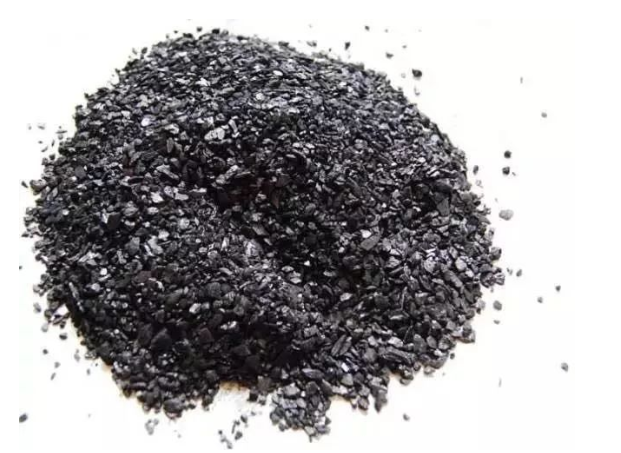Paper
Top ten heat resistant materials today
Updated: 2022-04-28 Attention:
Heat resistance refers to the characteristics of high oxygen resistance, creep resistance and lasting strength at high temperature. The highest use temperature of commonly used materials.
As we all know, in the aeroengine, the turbine blade is listed as the first key part because it is in the position with the highest temperature, the most complex stress and the worst environment, and is known as the "pearl on the crown". The performance level of turbine blades, especially the temperature bearing capacity, has become an important symbol of the advanced degree of a type of engine. In a certain sense, it is also a significant symbol of the level of a national aviation industry. It can be seen that the importance of high temperature resistant materials is self-evident!
Next, the ten most heat-resistant materials known at present are introduced.
1. Tantalum hafnium carbide alloy (3990 ℃)

Introduction: tantalum hafnium carbide alloy actually refers to tantalum hafnium pentacarbide compound, which has the highest melting point among the known compounds. It can be considered to be composed of two binary compounds: tantalum carbide (melting point 3983 ℃) and hafnium carbide (melting point 3928 ℃).
Uses: used as heat-resistant and high-strength materials for rockets and jet engines and parts of control and adjustment equipment.
2. Graphite (3652 ℃)

Introduction: graphite is an allotrope of elemental carbon. The periphery of each carbon atom is connected with three other carbon atoms (arranged in honeycomb hexagon) and combined with covalent bonds to form covalent molecules. Due to its special structure, it has high temperature resistance, conductivity, thermal conductivity, lubricity, chemical stability, plasticity and so on.
Application: Traditionally, it can be used as refractory material, conductive material, wear-resistant lubricating material, casting, sanding, molding and high-temperature metallurgical material, and new type can be used as flexible graphite sealing material, automobile battery, new composite material, etc.
3. Diamond (3550 ℃)

Introduction: diamond is an atomic crystal and graphite is a mixed crystal. The melting point of graphite crystal is higher than that of diamond. It seems incredible. The bond length of covalent bond in graphite crystal sheet is 1.42 × 10-10m, the bond length of covalent bond in diamond crystal is 1.55 × 10-10m。 The same is a covalent bond. The smaller the bond length, the greater the bond energy and the stronger the bond, the more difficult it is to destroy it, and more energy needs to be provided, so the melting point should be higher.
Application: cutting tools in handicrafts and industry, such as wire drawing die, turning tool, marking knife, indenter of hardness tester, geological and petroleum drill bit, grinding wheel knife, glass knife, diamond pen, dresser knife and abrasive, etc.
4. Tungsten (3400 ℃)

Introduction: tungsten is a steel gray or silver white metal with high hardness and melting point. It is not eroded by air at room temperature. As the refractory metal with the highest melting point (generally the metal with melting point higher than 1650 ℃), it has good high-temperature strength.
Usage: mainly used for manufacturing filament, high-speed cutting alloy steel and superhard mold, as well as optical instruments and chemical instruments.
5. Zirconium diboride (3245 ℃)

Introduction: zirconium diboride (ZrB2) is a highly covalent refractory ceramic material with hexagonal crystal structure. Its ultra-high temperature ceramic (UHTC) has a melting point of 3246 ℃, high melting point, relatively low density (about 6.09g / cm3) and good high temperature strength.
Purpose: it can be used for high temperature aviation applications (such as supersonic flight or rocket propulsion system).
6. Titanium diboride (3225 ℃)

-
Previous: No more;


 Whatsapp
Whatsapp